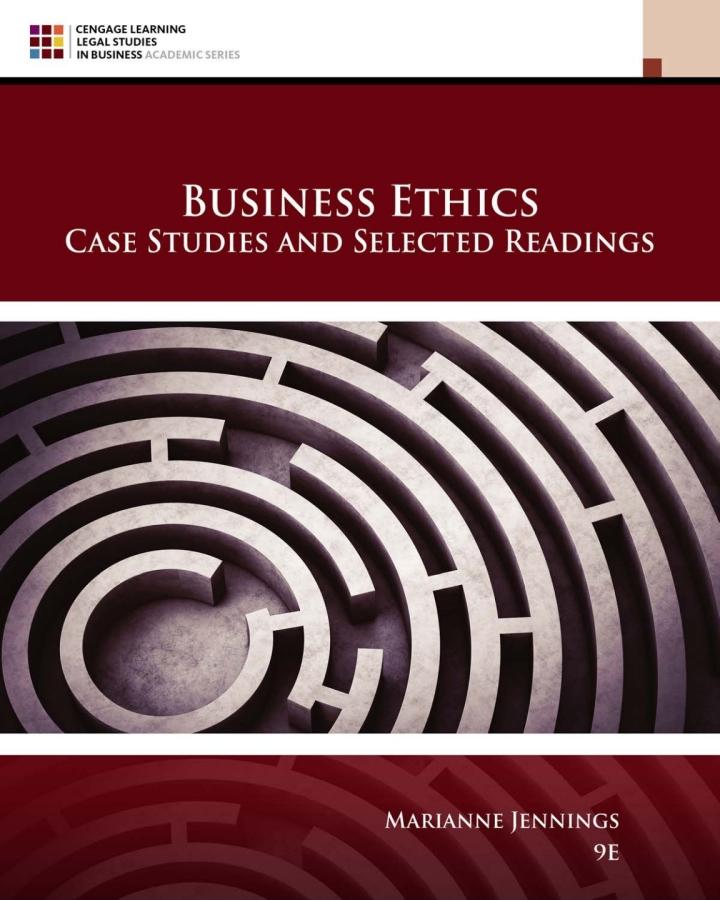Following a 12-day trial in 2012, Walter Cardin, a safety manager for the Shaw Group, was convicted
Question:
Following a 12-day trial in 2012, Walter Cardin, a safety manager for the Shaw Group, was convicted of eight counts of fraud against the United States, for falsifying injury reports for his company's work at the TVA's Brown's Ferry Nuclear Station. Based on the false reports, the Shaw Group was able to collect safety bonuses worth over \(\$ 2.5\) million from TVA. The jury heard evidence of over 80 injuries, including broken bones; torn ligaments; hernias; lacerations; and shoulder, back, and knee injuries that were not properly recorded by Cardin. The Shaw Group has paid back twice the amount of the ill-gotten safety bonuses, and paid a \(\$ 1.6\) million fine in the Brown's Ferry situation.
The problem of interpretation of what is and is not an injury has been growing and seems to be pervasive. A study in the June 2010 issue of Annals of Epidemiology concluded that employers have two sets of books when it comes to injuries in the workplace. OSHA reportable figures (as found in the Bureau of Labor Statistics), or those injury stats reported by employers, are \(24 \%\) to \(49 \%\) lower than the number of injuries the study found in worker compensation claims. Injuries have declined since 2000, but fatalities have not.
Workers' comp numbers are the real thing. Employees don't care what employers report to OSHA - they want coverage for work-related injuries. Why the disparity? Some believe that because incentive plans include safety goals related to the injury rate, managers are motivated to put pressure on workers to not report injuries. Some managers even pressure doctors into characterizing an injury as non-work-related. Other managers ask doctors to write a different diagnosis so as to avoid a reportable injury. Employees often share stories about their managers going with them to the hospital or doctor to get the injury characterized in the "right" way..........
Discussion Questions
1. What are the parallels between this part of business reporting and financial reports?
2. What risks do you see with the two sets of books?
3. What might happen to safety as a result of these approaches to reporting injuries?
Step by Step Answer:

Business Ethics Case Studies And Selected Readings
ISBN: 9780357453865
9th Edition
Authors: Marianne M. Jennings





